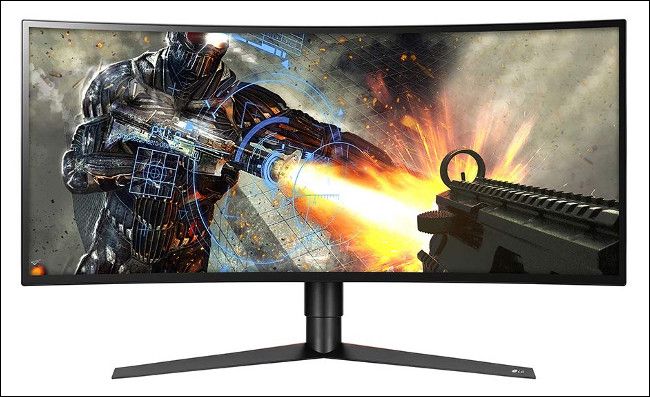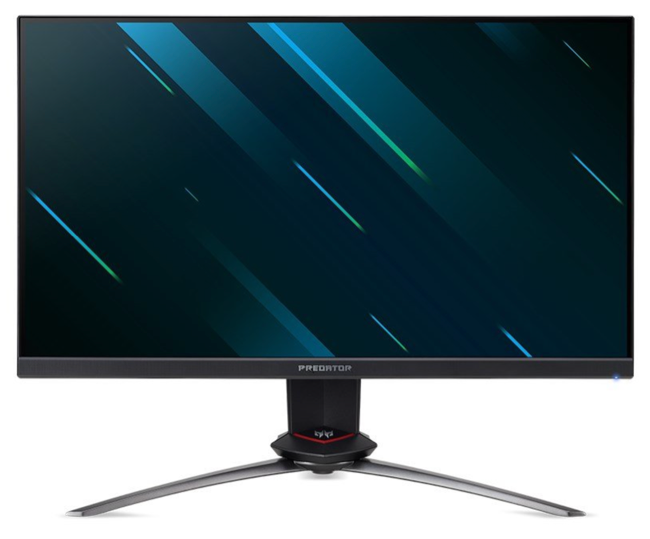When shopping for a monitor you might come across the term IPS, short for "in-plane switching" to describe a certain type of display. So what does this term mean, and what benefits does an IPS display have over alternative technologies?
IPS Is an LCD Technology
There are several different types of liquid crystal displays (LCDs), all of which use LED backlighting and are often referred to as "LED-LCD" displays. IPS panels are one such implementation and were designed to improve upon early twisted nematic (TN) models that suffered from poor viewing angles and color reproduction.
The term IPS is derived from the way the crystals are arranged inside the LCD. In an IPS panel, these crystals are aligned horizontally at all times and rotate parallel (in-plane) when voltage is applied. This allows light to pass through and for an image to be displayed on-screen.
While IPS panels are superior in some ways to other types of LCD panels, they are still bound by the limitations of the technology. Notably, LCDs must block out the backlight to display black which can often result in washed out or uneven blacks.
This prevents them from reaching the inky blacks that are possible with OLED displays, which are self-emissive. Some LCD displays use full-array local dimming to improve black reproduction, but this can result in unsightly "ghosting" or "blooming" around the edges of bright objects.
While IPS is a term that was coined by LG, a similar technology called PLS (Plane-to-Line Switching) behaves in much the same way but was designed by Samsung instead. Performance is similar enough that the term IPS may be used by some to refer to a PLS type display.
The Benefits of an IPS Display
IPS displays offer the widest viewing angles of any LCD technology. This makes them ideal for use in televisions and monitors that will be viewed from any angle that isn't face-on.
These panels also offer excellent color reproduction and deep blacks. For this reason, they are often favored by artists, photographers, and video editors. Keep in mind that buying an IPS display alone won't get you truly accurate colors and that you will need to calibrate your display if you want to rely on it for accurate creative work.
These panels are often paired with bright backlights which deliver great peak brightness in HDR content, and good performance in bright sunlight. This is particularly true in conditions where glare is a problem since wide viewing angles allow you to change the angle of the screen (by tilting a laptop, for example) without sacrificing image quality.
For gamers, IPS displays generally offer faster response times than vertical alignment (VA) type displays. While once rare, high refresh rate IPS panels are now more common and affordable than they once were.
IPS Panels Have Drawbacks Too
No technology is perfect, and IPS panels are no different. While these types of display offer the best color reproduction, they can't match the contrast ratio seen on a VA-type panel. This is why many TVs use VA panels over IPS, a decision that sacrifices viewing angles for a richer image.
IPS panels are also generally more expensive than the alternatives since they're more expensive to manufacture. Some fast VA panels aimed at gamers may cost more, but most are cheaper than your average IPS.
Finally, IPS panels may use more power than other similar technologies like TN. They use considerably more power than OLED displays, which are the most efficient types of display currently on sale.
Learn more about how IPS, TN, and VA displays compare, and check out our best all-around monitor and best gaming monitor recommendations if you're thinking of picking one up.



